Vital Children's First Aid Skills All Parents Should Know
Half of parents don’t know how to do CPR on a child, an expert outlines the most important first aid skills parents should have
16 December 2019
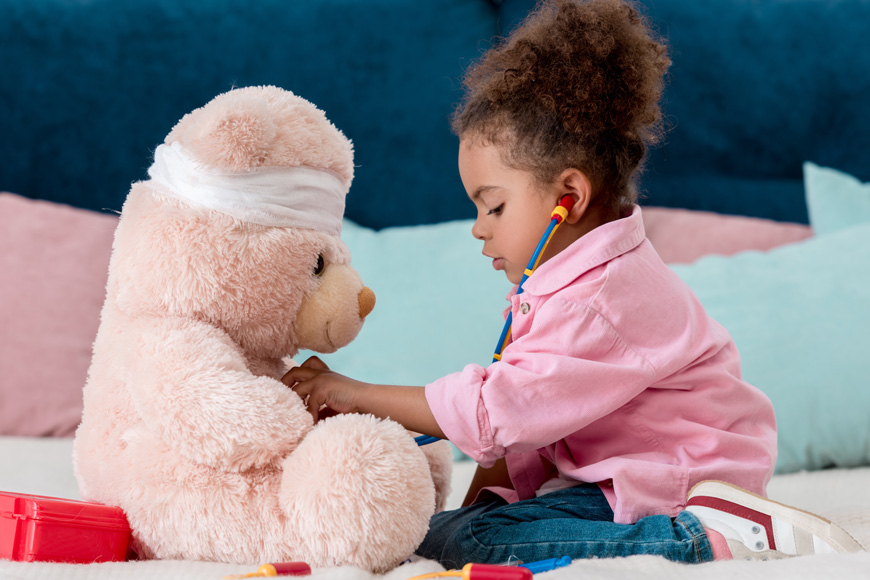
It’s every parent’s instinct to protect their child, yet an alarming number of them don’t know how to do first aid.
New research has found more than three-quarters (77%) of parents of young children aren’t up-to-date with paediatric first aid, with over half not knowing how to do CPR on a child. The survey, by Kiddi Caru Day Nurseries (kiddicaru.com) also found one in 10 parents were unsure of what to do if their child was choking, and 40% wouldn’t know how to assist an unconscious child.
But it doesn’t take much time for parents to learn the first aid skills that could save their child’s life, and courses are provided by many charities, like St John Ambulance (sja.org.uk) and the British Red Cross (redcross.org.uk), or private companies like Mini First Aid (minifirstaid.co.uk).
“A parent’s worst fear is something harming our children. This is why it’s key to make sure your first aid skills are always up-to-date,” says mum-of-six Kate Ball, founder of Mini First Aid.
“Should the worst happen, it’s important to know what to do in a medical emergency – the timeliness of a parent’s reaction can massively impact the outcome for a child. The hope is you never have to use these skills, but the comfort in knowing what to do is a massive weight off your shoulders.”
Here Mini First Aid outlines 5 of the important first aid skills parents should know:
1. CPR
There are many reasons for a child to stop breathing and their heart to stop beating. Adults tend to have a cardiac event meaning the heart isn’t functioning, while children tend to have respiratory compromise, so breathing is affected.
A quick assessment of unconsciousness can be established by a tap on the foot or shoulder and calling their name to see if they respond. Open the airway by tilting the head and lifting the chin. Look, listen and feel for a maximum of 10 seconds for normal breathing. If your baby or child isn’t breathing and is unresponsive, shout for help and start CPR.
With the airway open, give five initial rescue breaths by placing your mouth over the child’s mouth and nose, forming a seal and blowing into their mouth. Do 30 chest compressions – pressing down firmly with two fingers in the centre of the chest if it’s a baby aged under one, or with the heel of one hand in the centre of the chest for an older child, both at a rate of 100-120 per minute.
Repeat the rescue breaths and chest compressions. If the child starts to breathe, place them in the recovery position on their side, with their head tilted back until emergency help arrives.
2. Choking
For a baby aged under one year, start with five back slaps and then up to five chest thrusts (jabbing motion). Check if anything comes out. If nothing does, call 999. Continue with cycles of five back slaps & five chest thrusts.
For an older child, encourage them to cough. then do five back slaps between the shoulder blades. Check if anything comes out and check the mouth. Then do up to five abdominal thrusts by using a clenched fist between the tummy and breastbone, with the other hand over the top, in an upwards motion. Check if anything comes out and if it doesn’t, call 999. Continue with cycles of five back slaps and five abdominal thrusts.
Always refer any child or baby to hospital if they’ve been choking and abdominal manoeuvres have been used.
3. Head bangs
The Kiddie Caru study found 62% of parents don’t know the signs of concussion in a child, or what to do.
If your child bumps his/her head, use a cold compress (either from the fridge or a wet paper towel) and apply to the bump for 10 minutes, encouraging the child to rest.
Any sign of sickness, drowsiness, dizziness or any behaviour out of the ordinary, such as crying a lot, a change in feeding or sleeping habits, or a loss of interest in people or objects could be concussion. If you child exhibits any of these symptoms after a bump to the head, take them to A & E as soon as possible.
4. Burns
The survey found one in 10 parents don’t know the correct treatment for burns. The steps to take are: Start cooling the burn as quickly as possible. Run it under cool water for 10 minutes, but preferably 20.
Don’t use ice, creams or gels – they can damage tissues and increase risk of infection. If it’s a bad burn, call 999 or 112 for emergency medical help. Remove any jewellery or clothing that is near the burn (unless it’s stuck to it). Cover the burnt area with cling film or another clean, non-fluffy material like a plastic bag, to protect from infection.
5. Fits or seizures
Fits or seizures are commonly caused in young children by a raised body temperature or fever, and symptoms include violent muscle twitching, hot flushed skin, facial twitching, breath holding and loss of consciousness.
To treat the child, protect them with pillows and padding, remove clothing, ensure a supply of fresh air, check for breathing, place the child in the recovery position – on their side with head tilted back – and call 999.











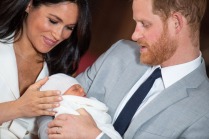



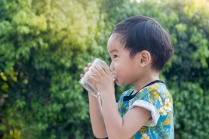
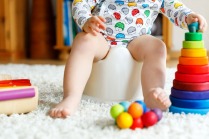
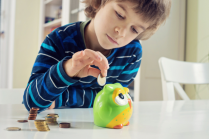







.png?itok=SvZPqMHH)




.png?itok=uB2ieOR7)












